I would like to inform Narai-Juku, Kiso-Fukushima-Juku walking Trip in Nagano prefecture at winter.

Go to Narai station by JR express for 1.5hrs, by JR normal train for 2hrs.

Winter Narai-Juku has only some travelers.

First I go to south, soon Narai-Juku town starts.
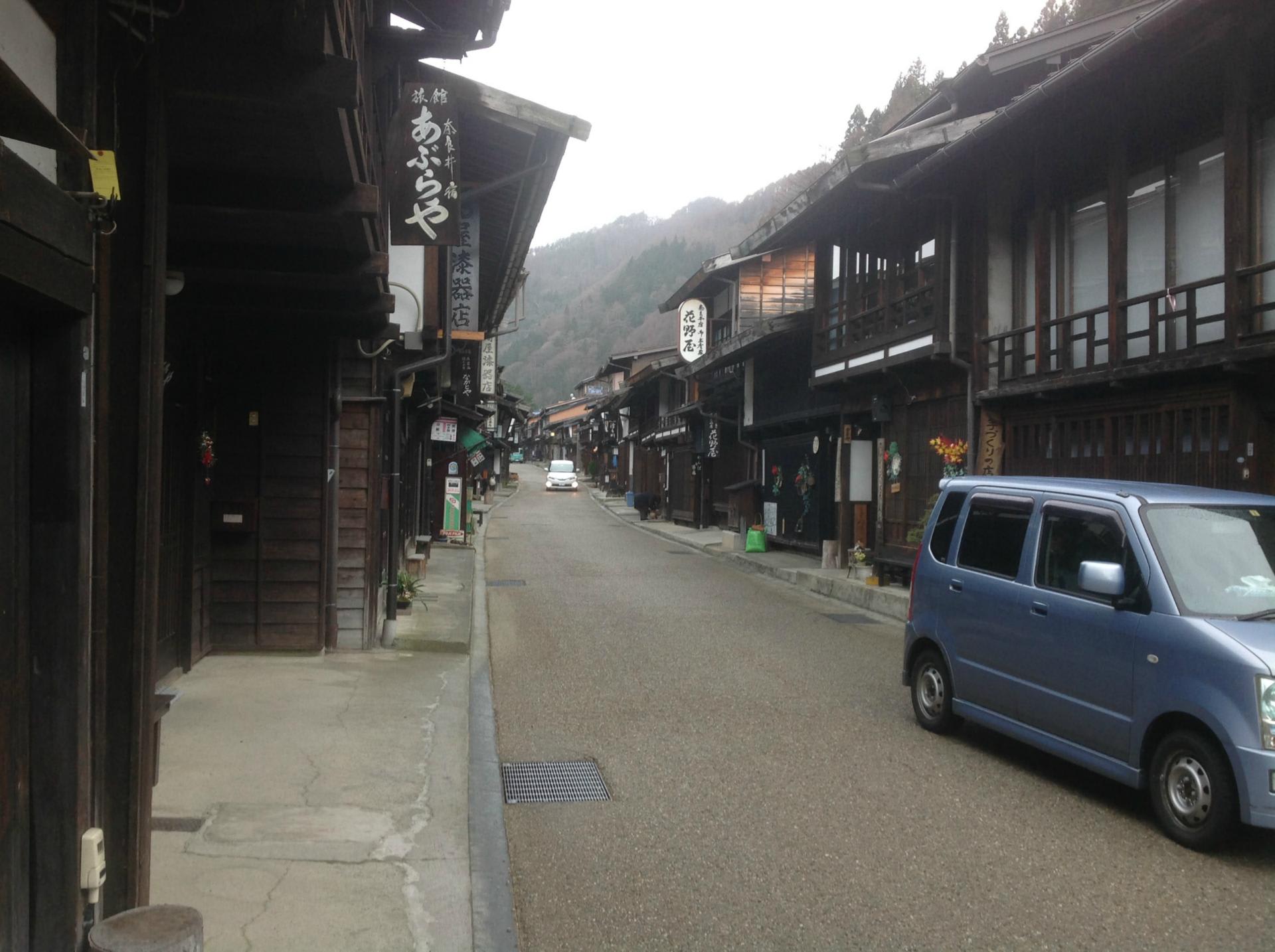
This town has many Edo period houses.
Souvenir shops and guest houses are seen.

I arrive at Echigoya Soba noodle restaurant.
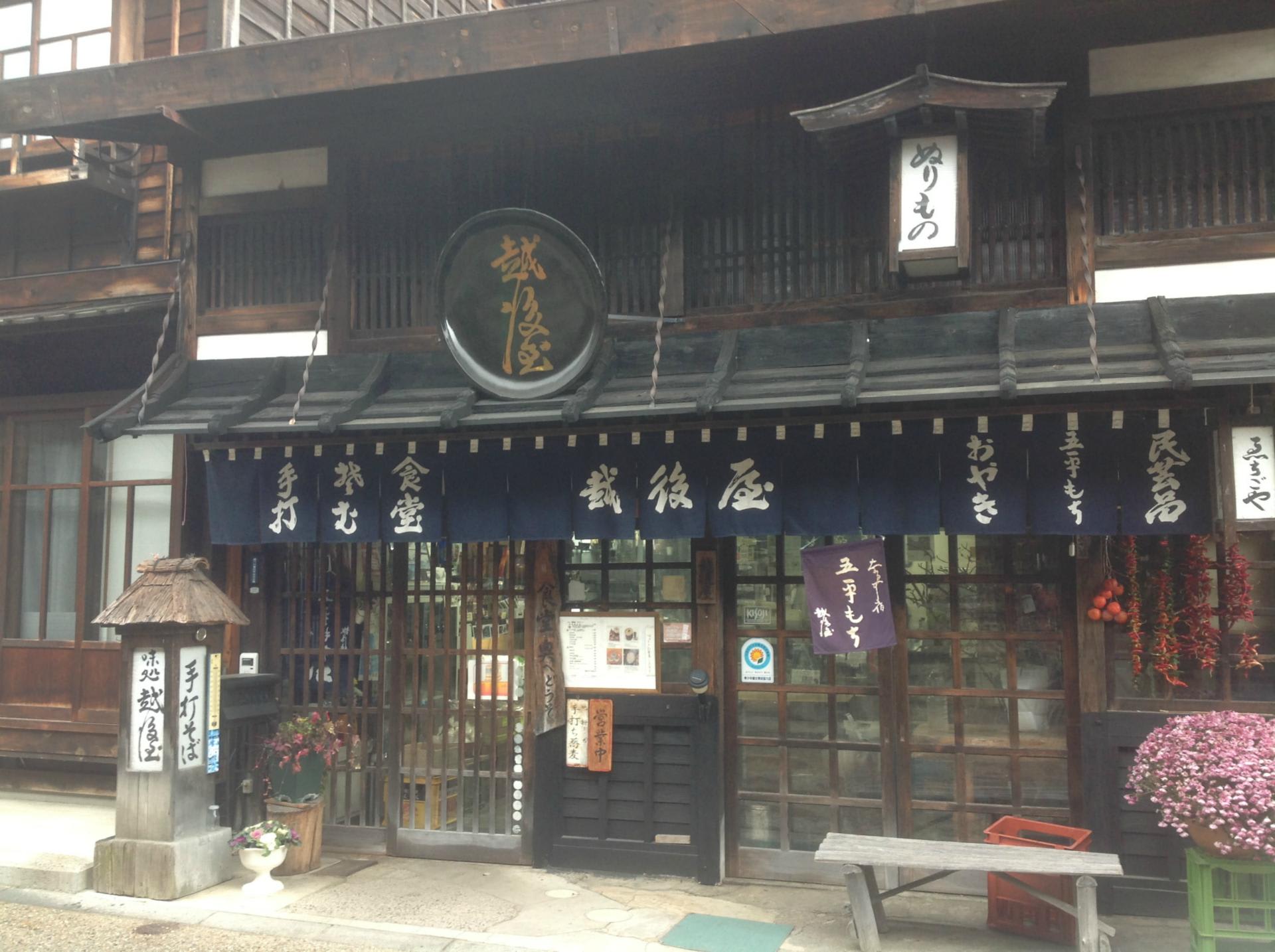
I eat Soba noodle set, that are 2 salmon soba + 2 wild side dishes + 2 Goheimochi rice cakes, are ¥ 1500.
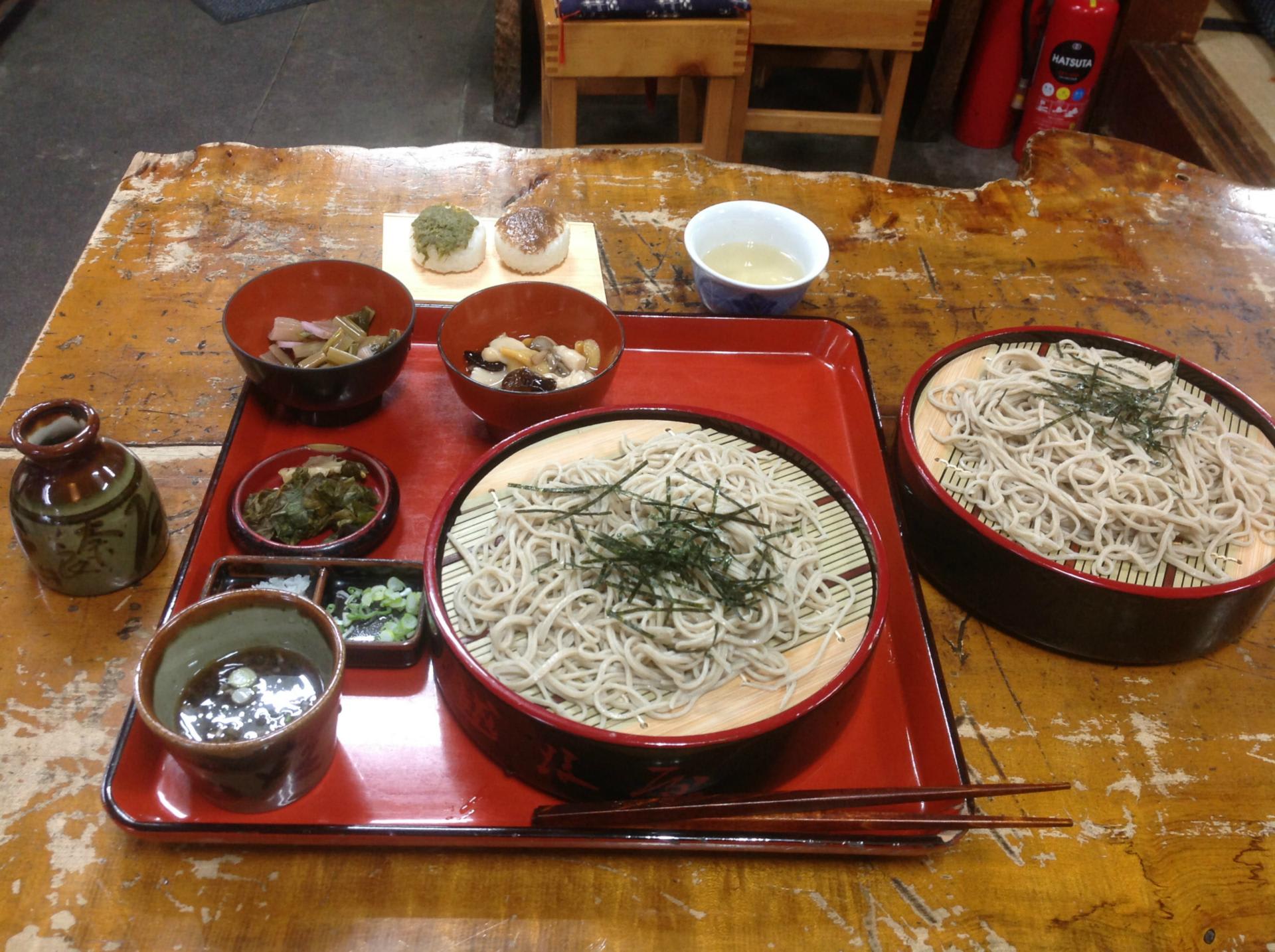
I go through Yokomizu, arrive at Daihouji Temple&Shrine.

This temple has Maria Jizo, which dug the cross in the Jizo breasts where the hidden Christian prayers prayed for the Edo period.
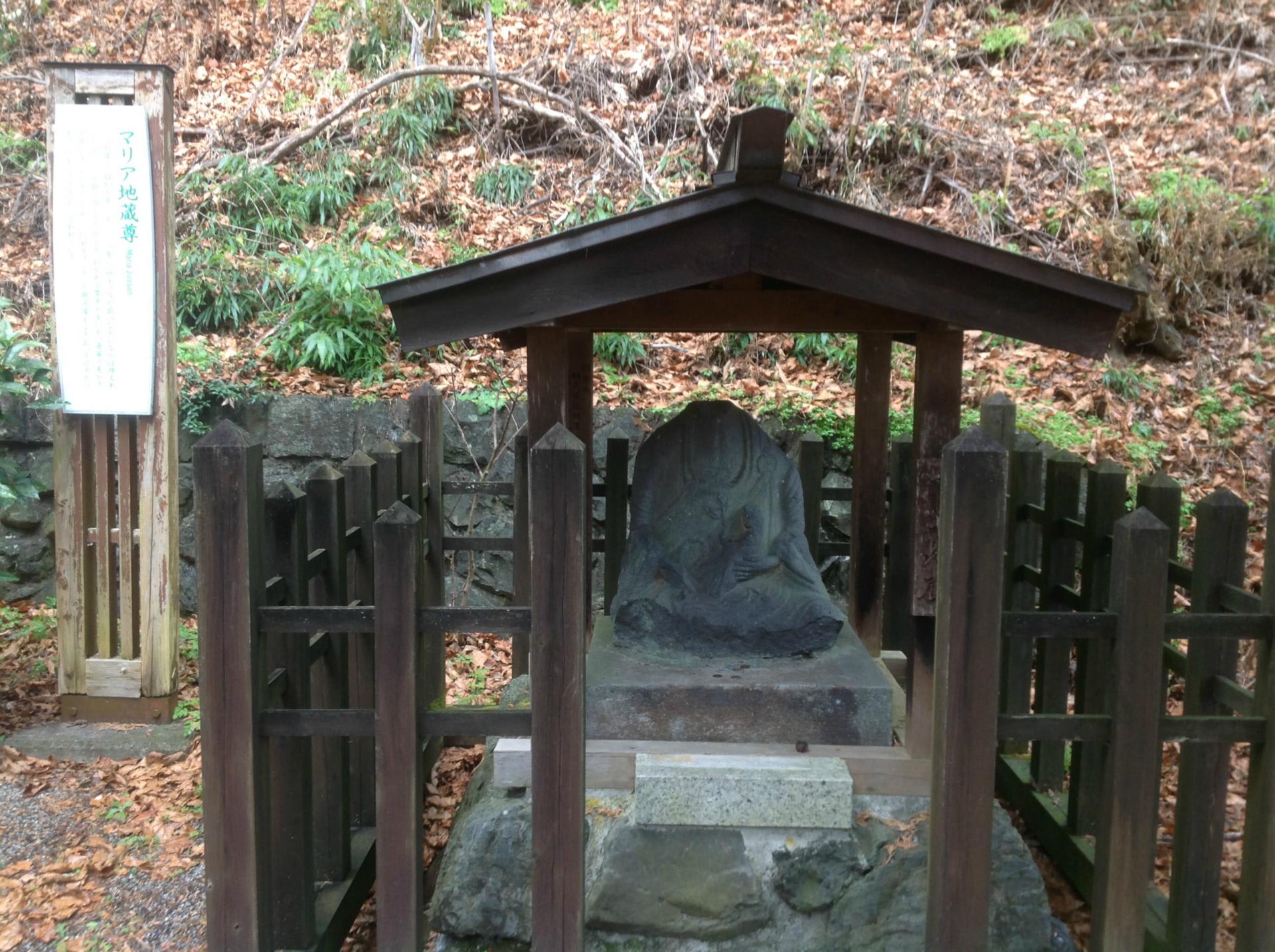

Next is KamiDonya-Museum. Charge is ¥300.

This museum has 400 items such as ancient documents, ceramics, lacquerware, etc. are exhibited and it becomes an important cultural property of the country.
I go to Yama-no-Market.

This shop has ¥100 coffee.
It's a nice price.
Otherside, there is Kagi-no-hande water place.

Lots of clean water is poring.
I go to Nakamuraya museum.

This museum shows Edo period house and structure.
Charge is ¥300.
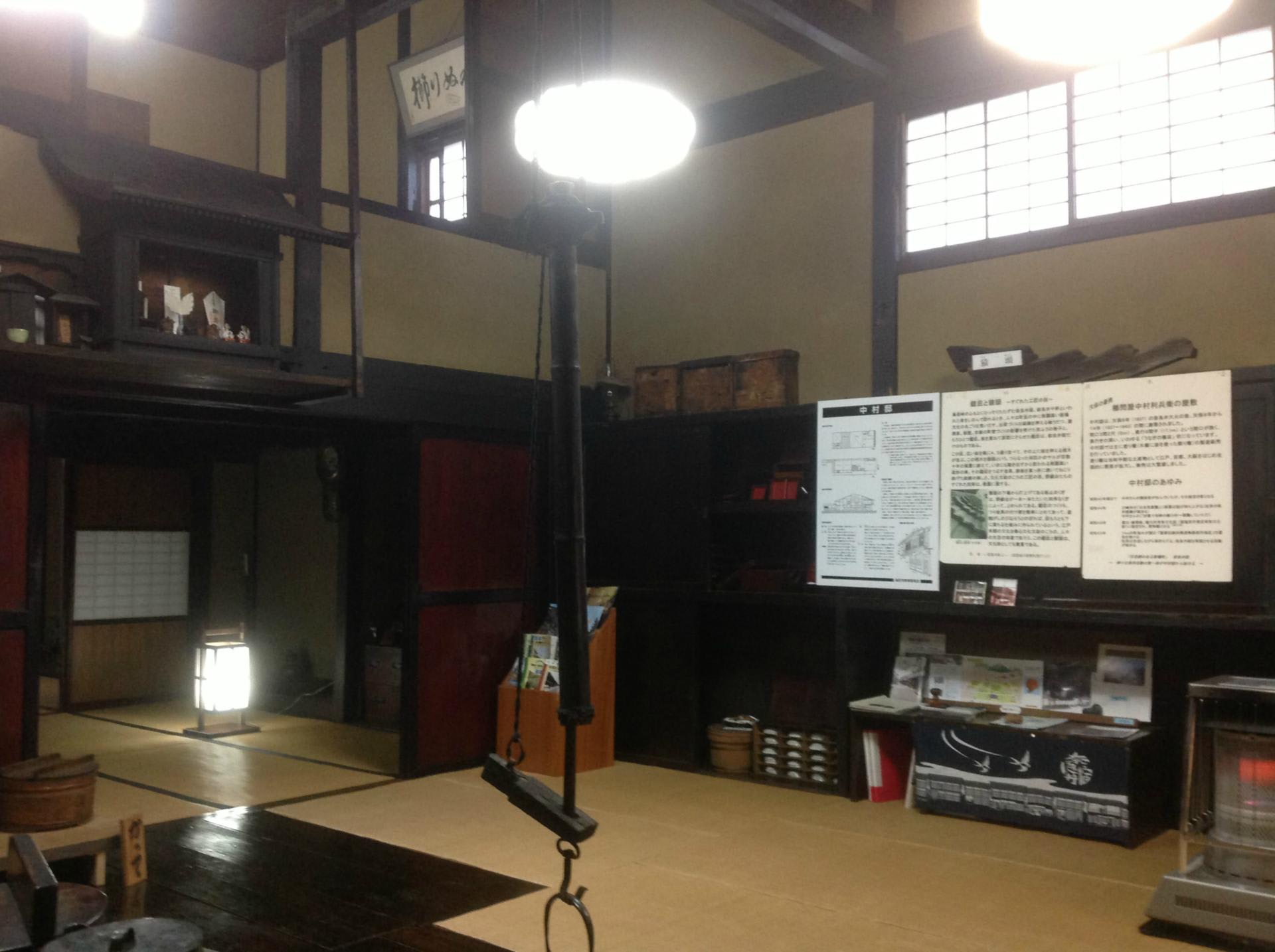
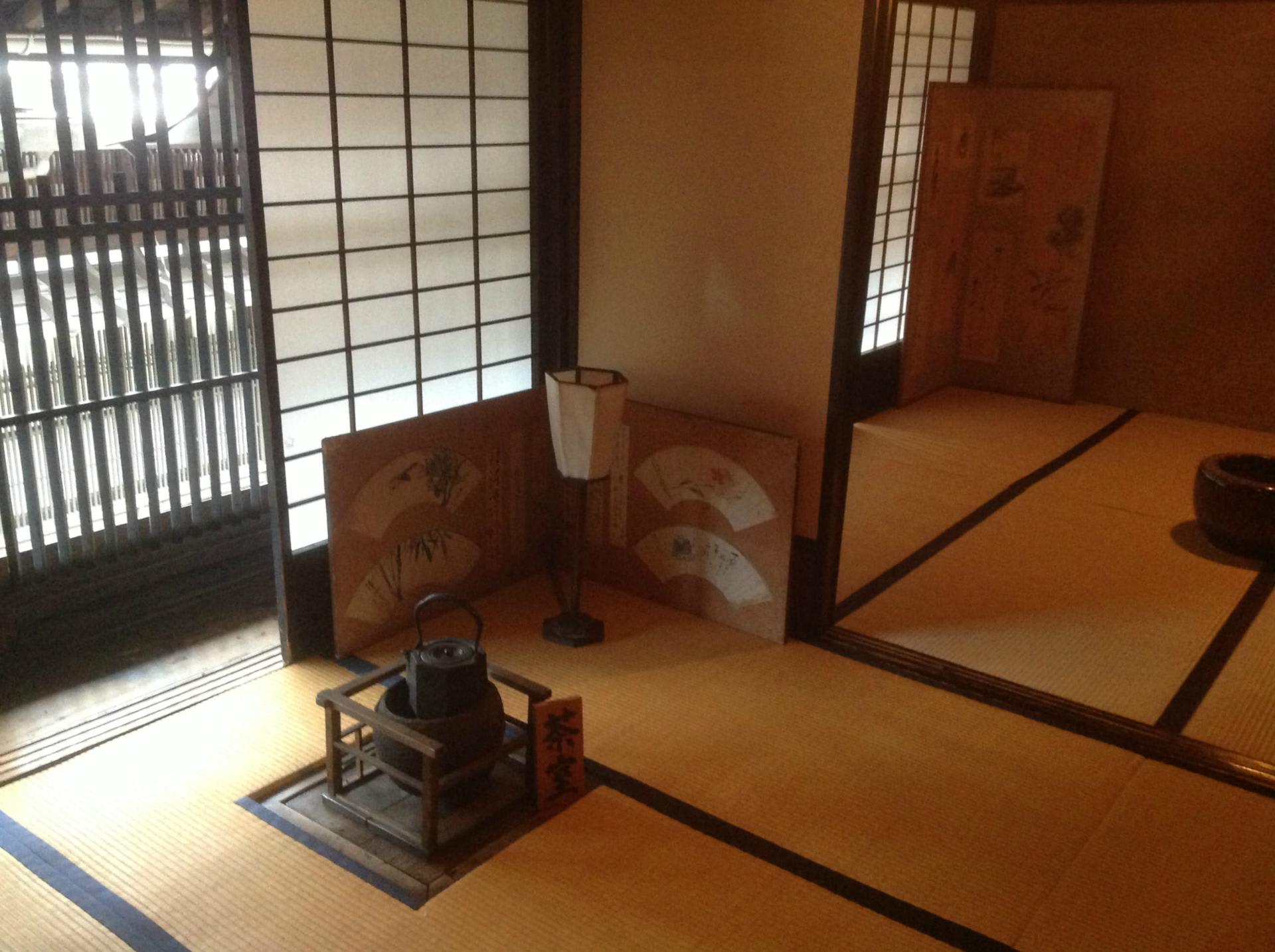
This house was producing luxury combs.
The clerk explain this house in detail.
At tourist season, the clerk explain to only groupe, but winter season she explain to each persons.
It is good for me.
This house shows old wooden house structure.
It is historical heritage.
Narai-Juku shows us lots of Edo-period houses.
About 80% houses are made at Edo-period.

Naraijuku may be the biggest town of having Edo-period houses.
Next I go south, then arrive at Chin shrine.

This shrine is at on the hill, so you can see a overall view of Narai town.
I go to Kiso Big Bridge.

This bridge is made of wood.
I go to Two hundreds Jizos shrine.

Two hundreds Jizos are stood near Hachimangoo shrine.
I finish to travel a Narai-Juku
I go to Kiso-Fukushima station by JRtrain.
Kiso-Fukushima is prosperous at Edo-period.
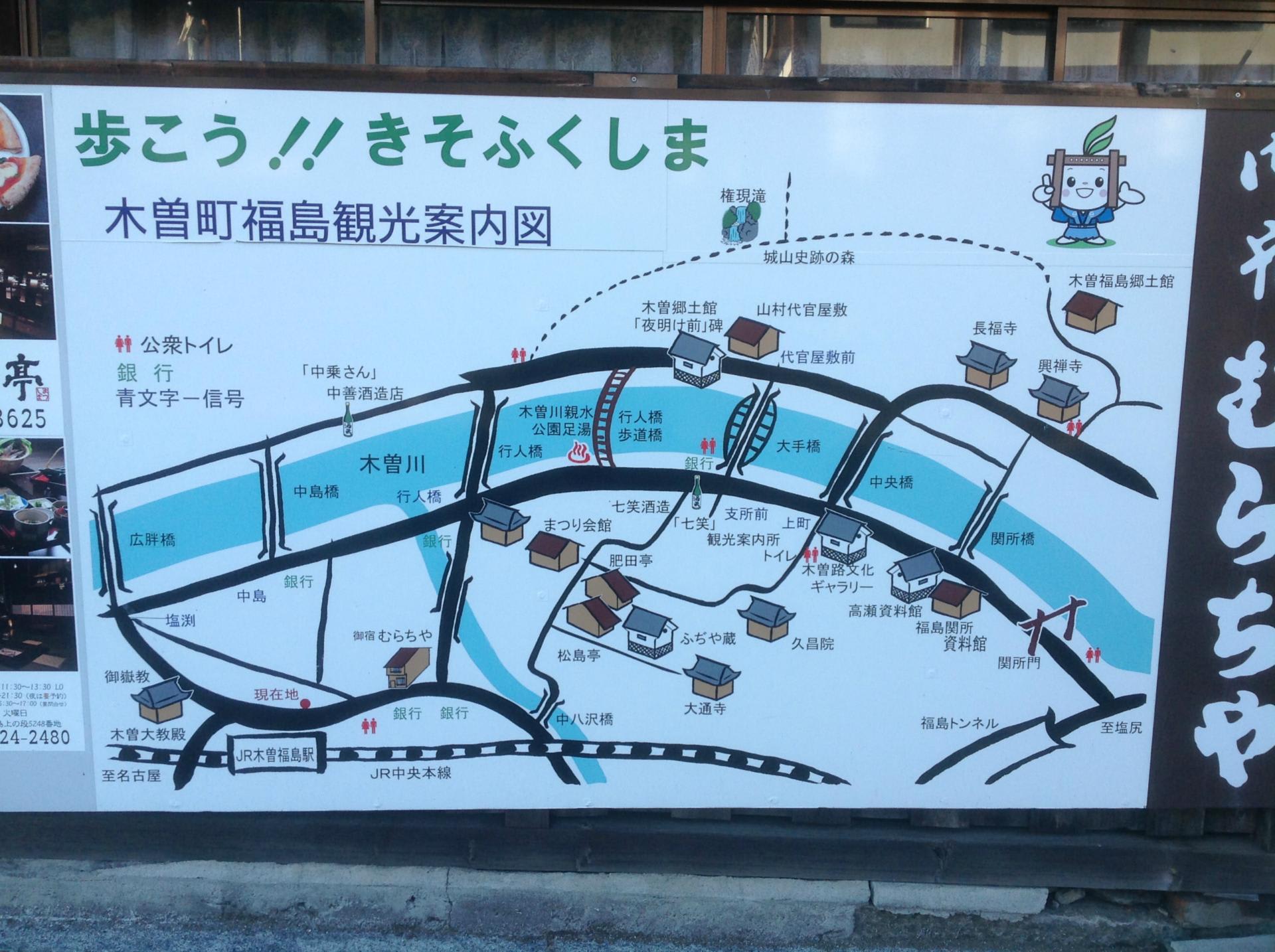
Current this town has many Meiji-period houses.
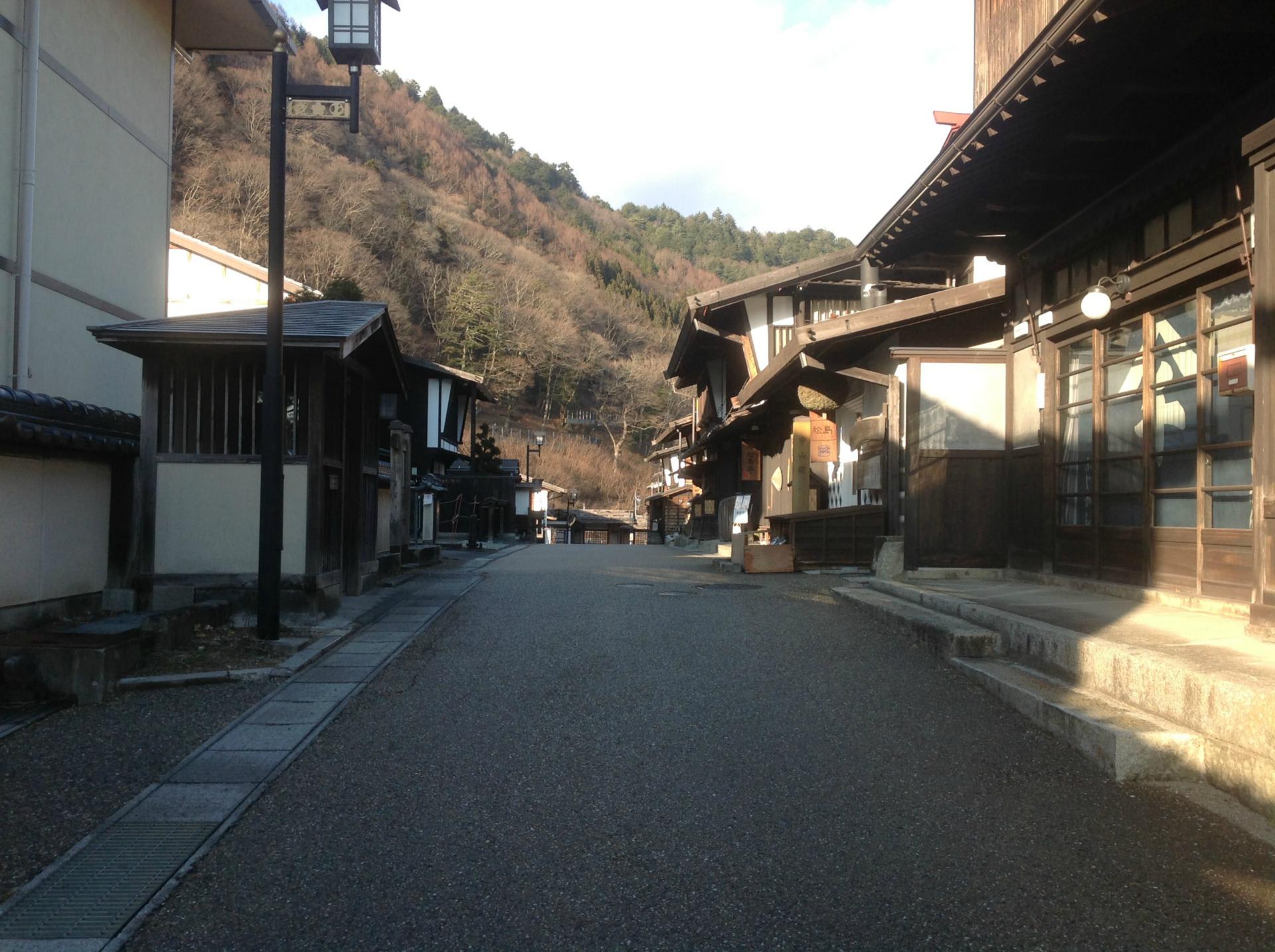
I walk to see the old wooden houses.
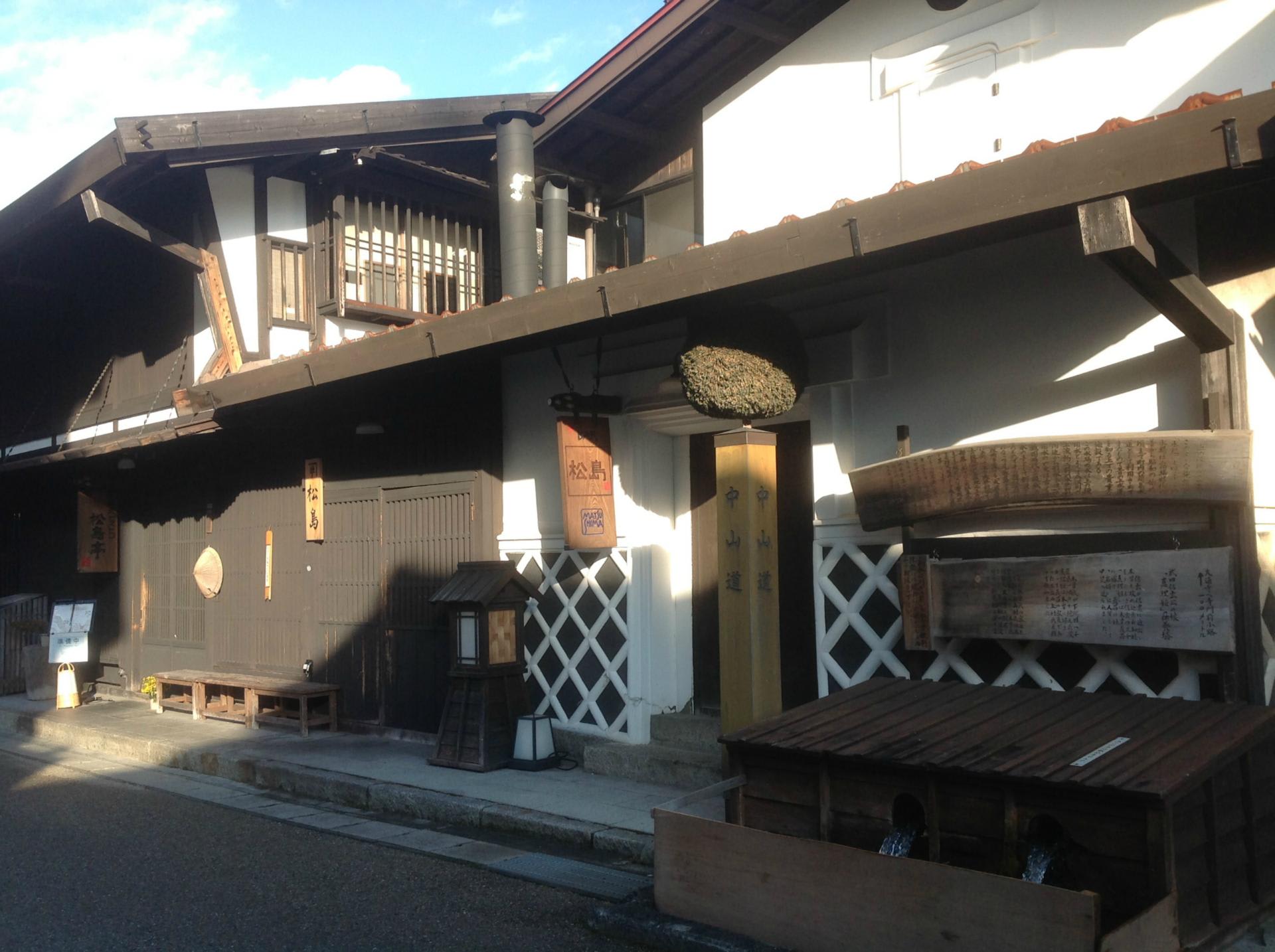
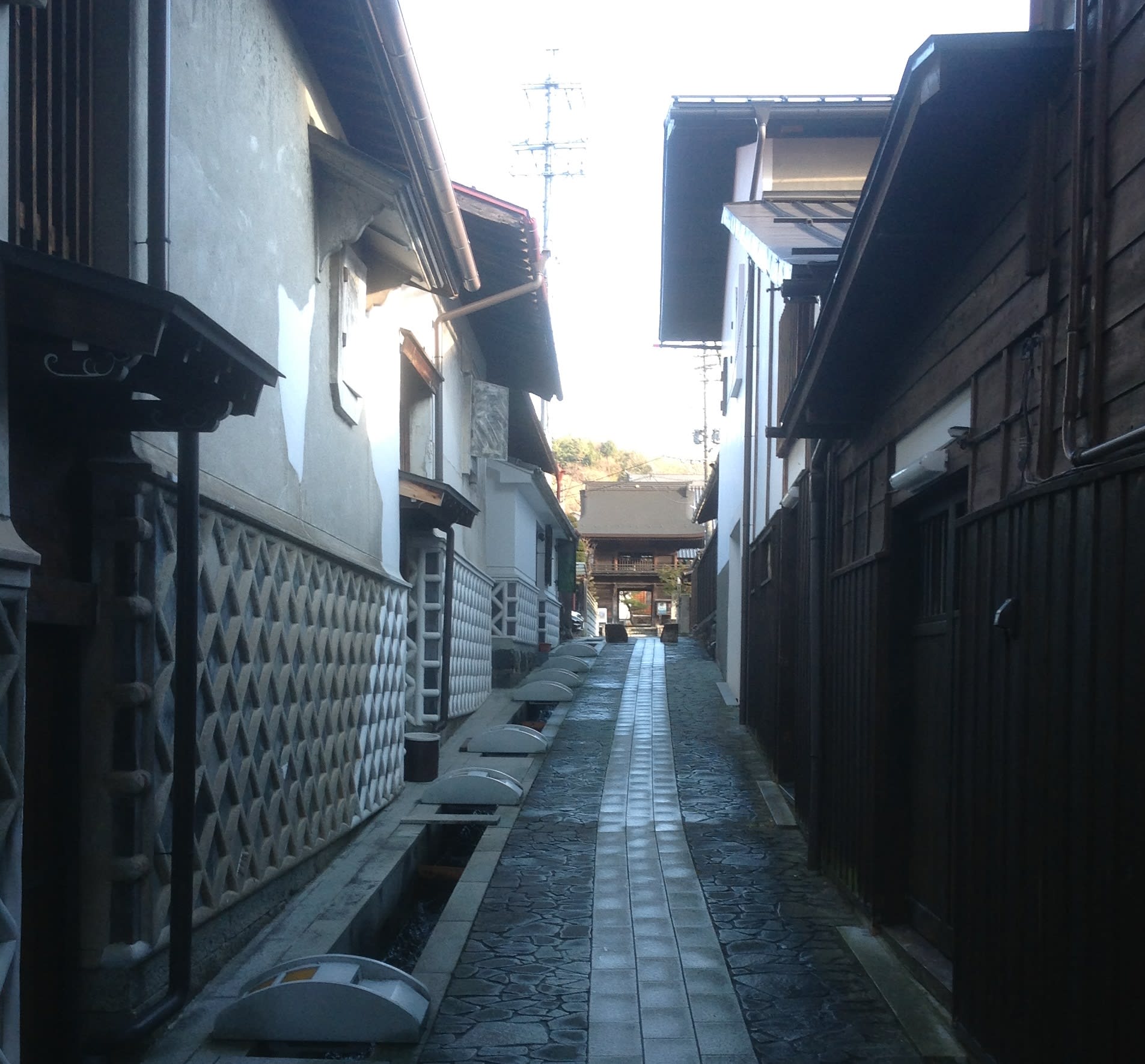
I go to Yamamura-Daikan-house. Charge is ¥300.

From this house garden, you can see overall view of Kiso-Fukushima town.

I visit prosperous Sake shops, with Sakagura.
First, I visit Nanawarai.
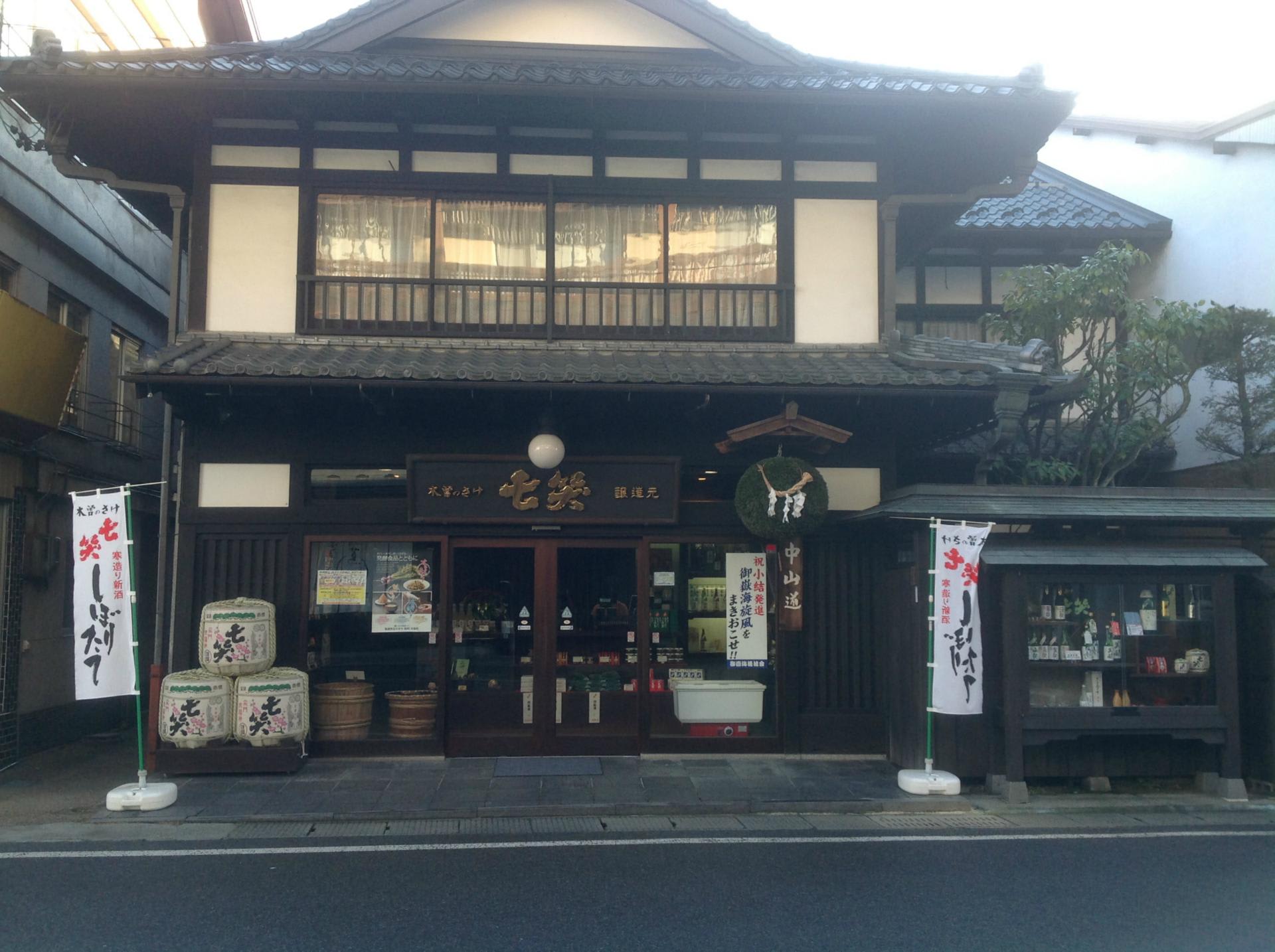
Nanawarai is popular sake for Kiso-Fukushima town.
It produce lots of Sake for Nagano/Gifu/Aichi prefectures.
Next, I go to Nakanori-San.

Nakanori-San has small Sakagura, and shop is only in Kiso-Fukushima.
I buy a Genkansui Sake, that is limited at winter season.
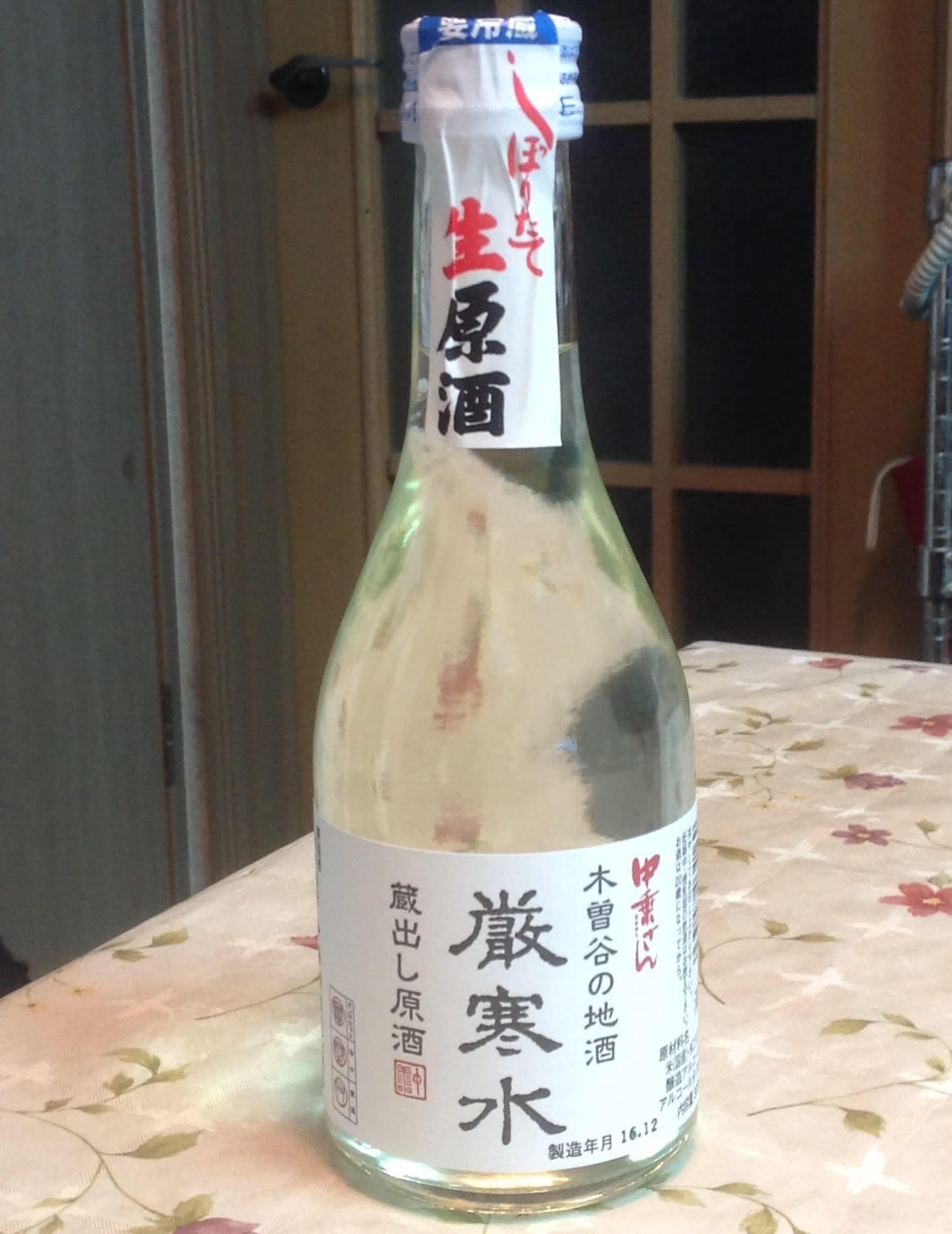
Seeing Sakagura is available.
When you would like to see Sakagura, you have to request this shp before visiting.
Please visit Narai-Juku and KisoFukushima-Juku in winter.
You can see Edo/Meiji hoses in detail.
That's it.

Go to Narai station by JR express for 1.5hrs, by JR normal train for 2hrs.

Winter Narai-Juku has only some travelers.

First I go to south, soon Narai-Juku town starts.

This town has many Edo period houses.
Souvenir shops and guest houses are seen.

I arrive at Echigoya Soba noodle restaurant.

I eat Soba noodle set, that are 2 salmon soba + 2 wild side dishes + 2 Goheimochi rice cakes, are ¥ 1500.

I go through Yokomizu, arrive at Daihouji Temple&Shrine.

This temple has Maria Jizo, which dug the cross in the Jizo breasts where the hidden Christian prayers prayed for the Edo period.


Next is KamiDonya-Museum. Charge is ¥300.

This museum has 400 items such as ancient documents, ceramics, lacquerware, etc. are exhibited and it becomes an important cultural property of the country.
I go to Yama-no-Market.

This shop has ¥100 coffee.
It's a nice price.
Otherside, there is Kagi-no-hande water place.

Lots of clean water is poring.
I go to Nakamuraya museum.

This museum shows Edo period house and structure.
Charge is ¥300.


This house was producing luxury combs.
The clerk explain this house in detail.
At tourist season, the clerk explain to only groupe, but winter season she explain to each persons.
It is good for me.
This house shows old wooden house structure.
It is historical heritage.
Narai-Juku shows us lots of Edo-period houses.
About 80% houses are made at Edo-period.

Naraijuku may be the biggest town of having Edo-period houses.
Next I go south, then arrive at Chin shrine.

This shrine is at on the hill, so you can see a overall view of Narai town.
I go to Kiso Big Bridge.

This bridge is made of wood.
I go to Two hundreds Jizos shrine.

Two hundreds Jizos are stood near Hachimangoo shrine.
I finish to travel a Narai-Juku
I go to Kiso-Fukushima station by JRtrain.
Kiso-Fukushima is prosperous at Edo-period.

Current this town has many Meiji-period houses.

I walk to see the old wooden houses.


I go to Yamamura-Daikan-house. Charge is ¥300.

From this house garden, you can see overall view of Kiso-Fukushima town.

I visit prosperous Sake shops, with Sakagura.
First, I visit Nanawarai.

Nanawarai is popular sake for Kiso-Fukushima town.
It produce lots of Sake for Nagano/Gifu/Aichi prefectures.
Next, I go to Nakanori-San.

Nakanori-San has small Sakagura, and shop is only in Kiso-Fukushima.
I buy a Genkansui Sake, that is limited at winter season.

Seeing Sakagura is available.
When you would like to see Sakagura, you have to request this shp before visiting.
Please visit Narai-Juku and KisoFukushima-Juku in winter.
You can see Edo/Meiji hoses in detail.
That's it.










